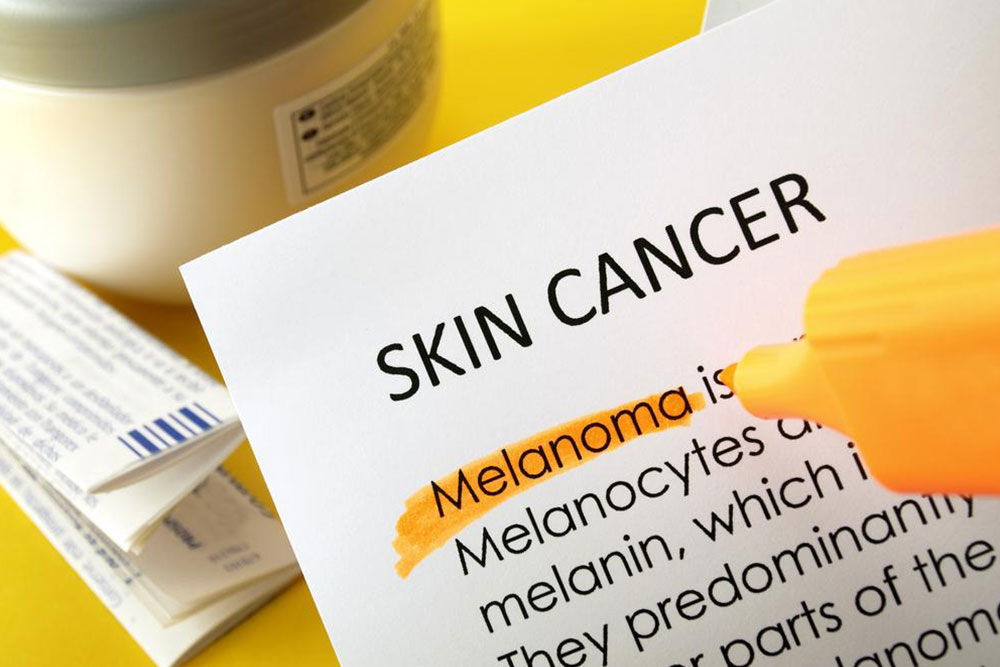Understanding Bulimia: Symptoms, Causes, and Treatment
This article offers an in-depth overview of bulimia nervosa, covering its symptoms, underlying causes, and effective treatment options. It emphasizes the psychological aspects behind the disorder and highlights the importance of professional therapy for recovery. Learn about the different types of bulimia, risk factors, and how to seek help to manage this challenging condition.

Understanding Bulimia: Symptoms, Causes, and Treatment
Bulimia nervosa is an eating disorder characterized by episodes of binge eating followed by efforts to counteract the excess by vomiting or misuse of laxatives. This cycle involves consuming large quantities of food rapidly and then trying to eliminate it, which can be both harmful and dangerous. It often stems from psychological issues such as low self-esteem, body image concerns, and emotional distress, making it a challenging condition to overcome.
While anyone can develop bulimia, it predominantly affects teenagers and women, especially those concerned with their appearance. According to the National Institute of Mental Health, approximately 1% of adults experience bulimia at some point. The disorder mainly manifests in two forms:
Purging Type
Involves self-induced vomiting, laxative abuse, or diuretics after binge episodes.
Non-purging Type
Involves excessive exercising or fasting after binge eating.
Purging behaviors like vomiting or substance abuse are less common in some cases.
Root Causes of Bulimia include psychological factors like traumatic experiences, stress, and anxiety rather than physical anomalies.
Genetics
A predisposition to obesity genes can be inherited, increasing risk among family members of those with bulimia.
Cultural Norms
Ritual fasting or dieting within families can trigger disordered eating, especially when individuals experience difficulty coping with hunger or fasting restrictions.
Mental Health Factors
Conditions such as depression, trauma, or feelings of inadequacy are primary triggers for bulimia.
Dieting Habits
Strict dieting can lead to binge-purge cycles as the body reacts to calorie restrictions.
Biological Factors
Hormonal fluctuations during puberty, pregnancy, or menstrual cycles can contribute to increased appetite and subsequent purging or over-exercising.
Signs and Symptoms include secretive overeating, rapid weight fluctuations, frequent bathroom visits after eating, and the presence of vomit odor. Patients often obsess over weight, engage in excessive exercise, and misuse weight-loss supplements, laxatives, or diuretics.
Approaches to Treatment involve comprehensive psychological therapy combined with nutritional counseling. Breaking the binge-and-purge sequence allows emotional issues to be addressed with therapies like cognitive-behavioral therapy, supporting recovery and healthier habits.
Note: The information provided is for educational purposes only. It should not replace professional medical advice. Always consult licensed healthcare providers for diagnosis and treatment of any health issues.










